9 Types of Muscular Dystrophy
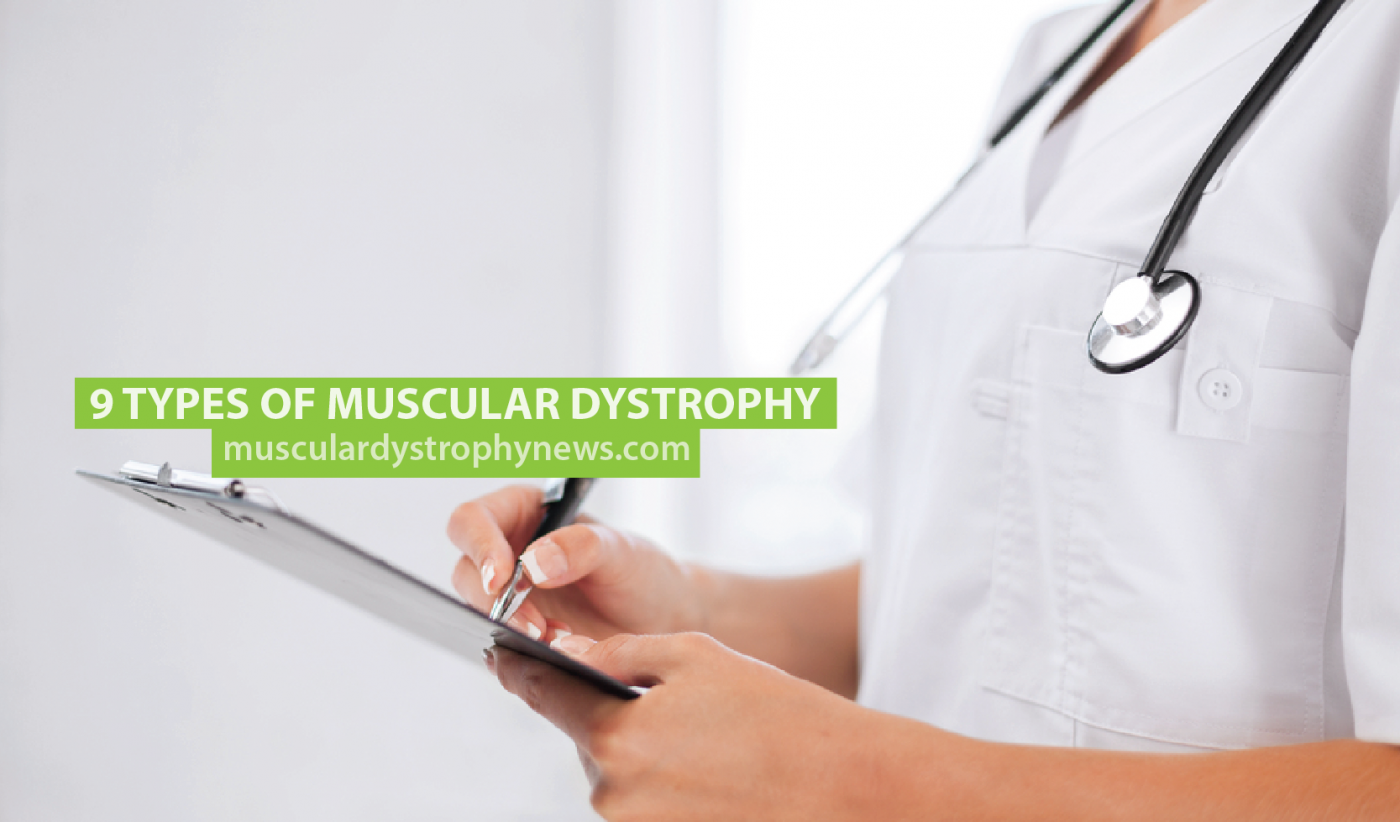
According to the National Institutes of Health (NIH) there are more than 30 different types of muscular dystrophy (MD). Here is more information about nine of the most common forms.
1. Duchenne Muscular Dystrophy (DMD)
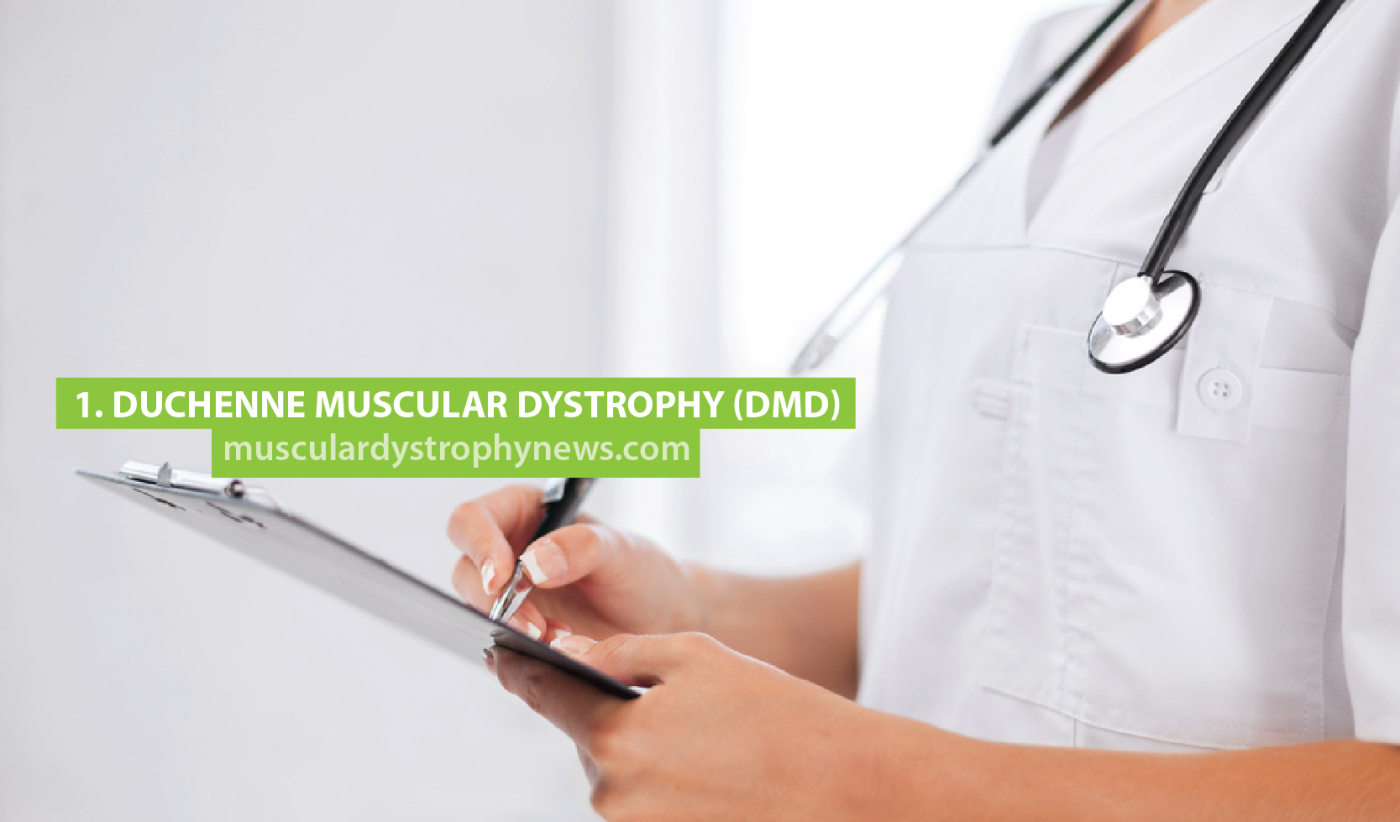
DMD is the most common form of the disease and approximately half of all pediatric patients have this severe type. Typically diagnosed in boys between three and five years old, DMD is a fast-progressing condition which leaves patients unable to walk by their early teens. Most patients die from heart disease in their late teens or early twenties.
Duchenne muscular dystrophy is caused by a deficiency of a protein called dystrophin, which helps to strengthen the fibers in muscles.
Duchenne “tongue on a chip” model captures shortcomings of muscle stem cells in patients. Find out more.
2. Becker Muscular Dystrophy

Becker MD is also caused by a dystrophin deficiency, although the disease strikes at a later age. Again, it’s mostly boys who contract the disease and symptoms appear between the ages of 11 and 25. The severity of the disease varies between patients, with some needing a wheelchair later in life.
Treatment options to prevent heart failure in Becker MD patients are reviewed. Read more.
3. Myotonic Muscular Dystrophy
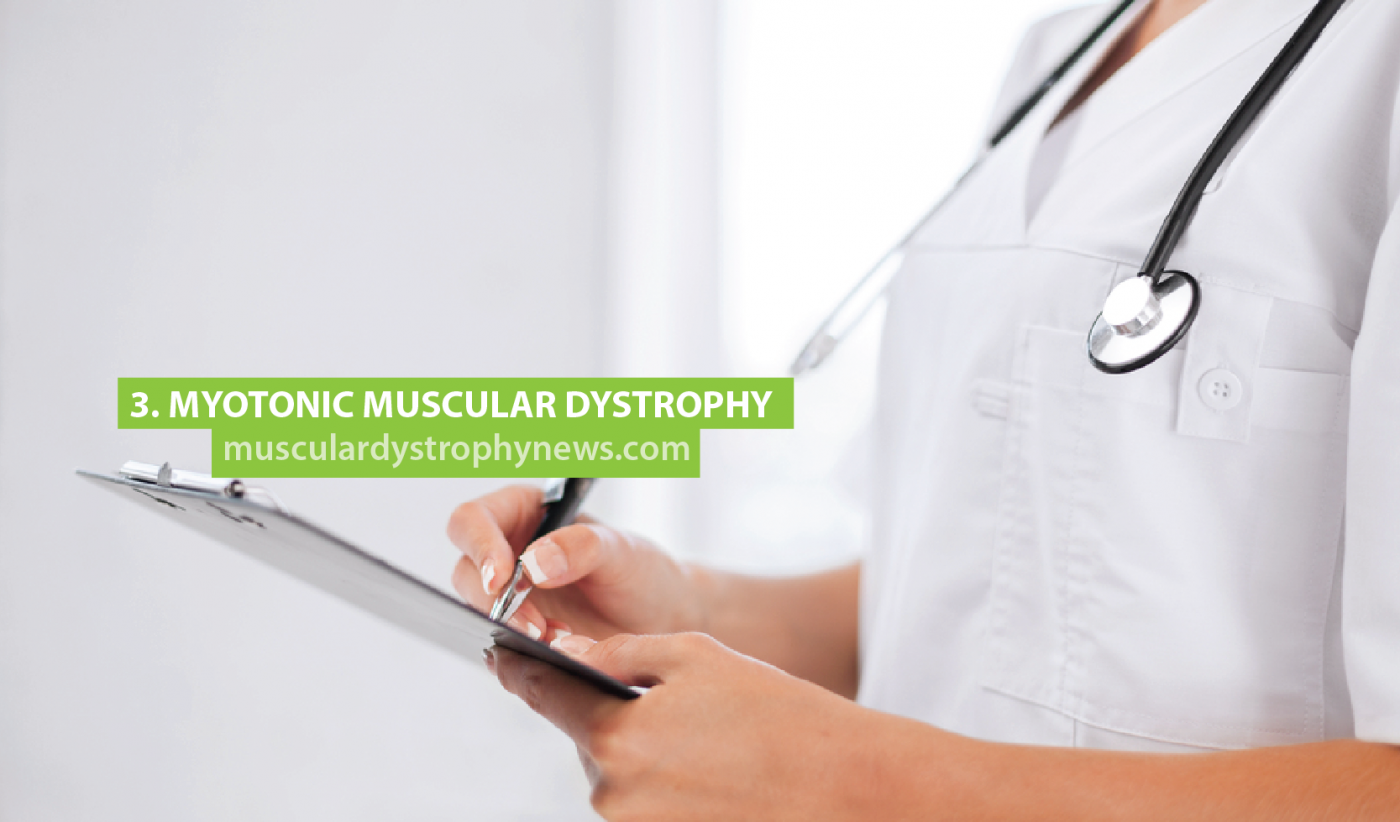
Myotonic MD is a common form of muscular dystrophy in adults and is caused by large numbers of repeats of CTG code. The condition has a range of symptoms which usually present between the ages of 20 and 30 and include heart disease, fertility problems, and eye problems. Men and women are affected equally.
Quick-Tissue kits could aid research into MD and other muscle wasting diseases. Find out more.
4. Congenital Muscular Dystrophy
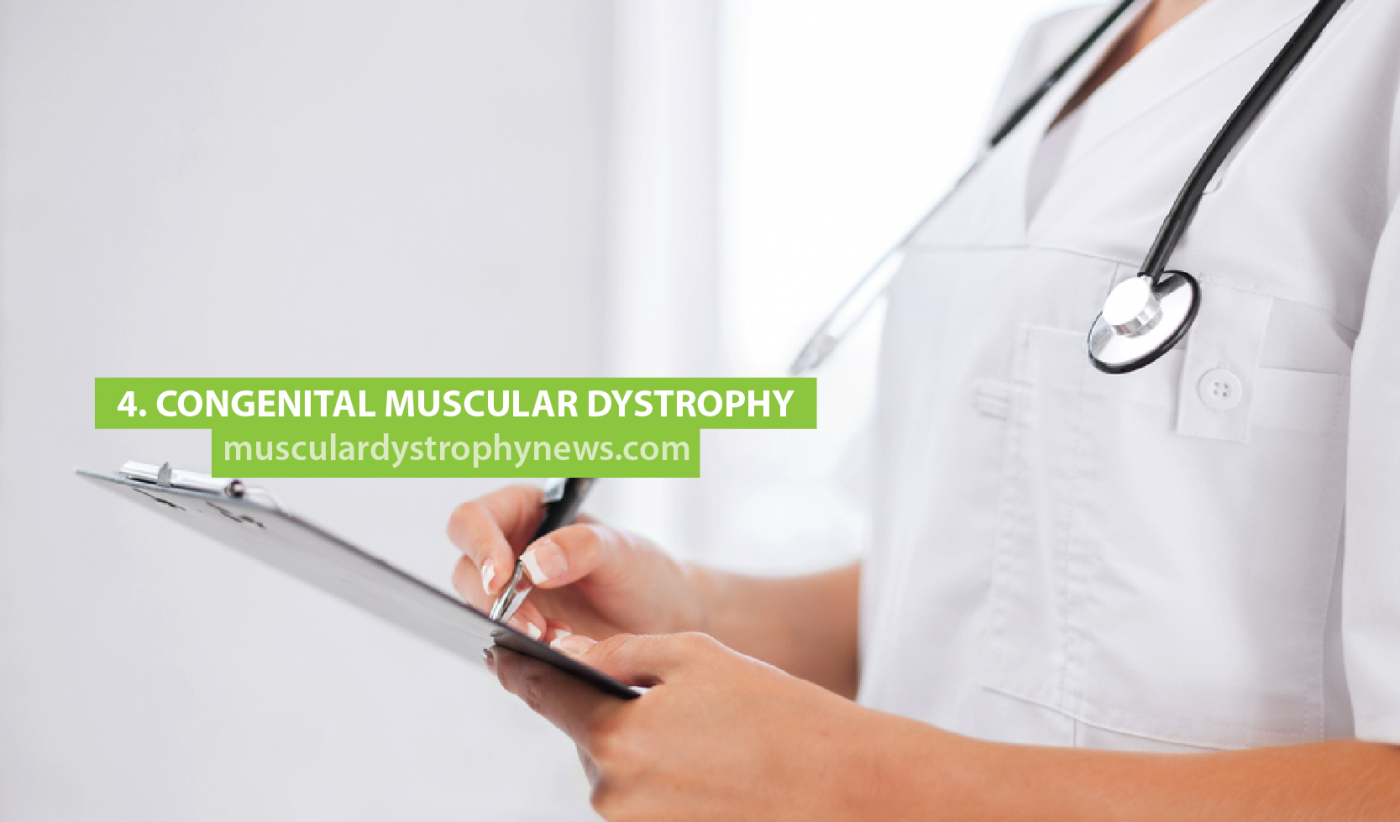
Congenital MD is caused by a deficiency in proteins which surround muscle fibers, and can sometimes affect the central nervous system. Usually diagnosed before an infant reaches their second birthday, congenital MD affects both girls and boys and severity of cases differs between patients, with some dying in childhood and others only suffering mild disabilities. Symptoms include poor motor function, curvature of the spine, difficulty in swallowing and breathing.
Study of potential congenital MD therapy gets boost from FDA. Find out more.
5. Emery-Dreifuss Muscular Dystrophy

There are two different forms of Emery-Dreifuss MD, but they both affect boys more than girls. Symptoms such as chronic shortening of the muscles, locked elbows, and shoulder deterioration usually appear from the age of ten. Patients who experience their symptoms later, in their early twenties, are more likely to suffer from pulmonary or heart failure.
Congenica helps family with Emery-Dreifuss MD using genome-based technology. Read more here.
6. Facioscapulohumeral Muscular Dystrophy
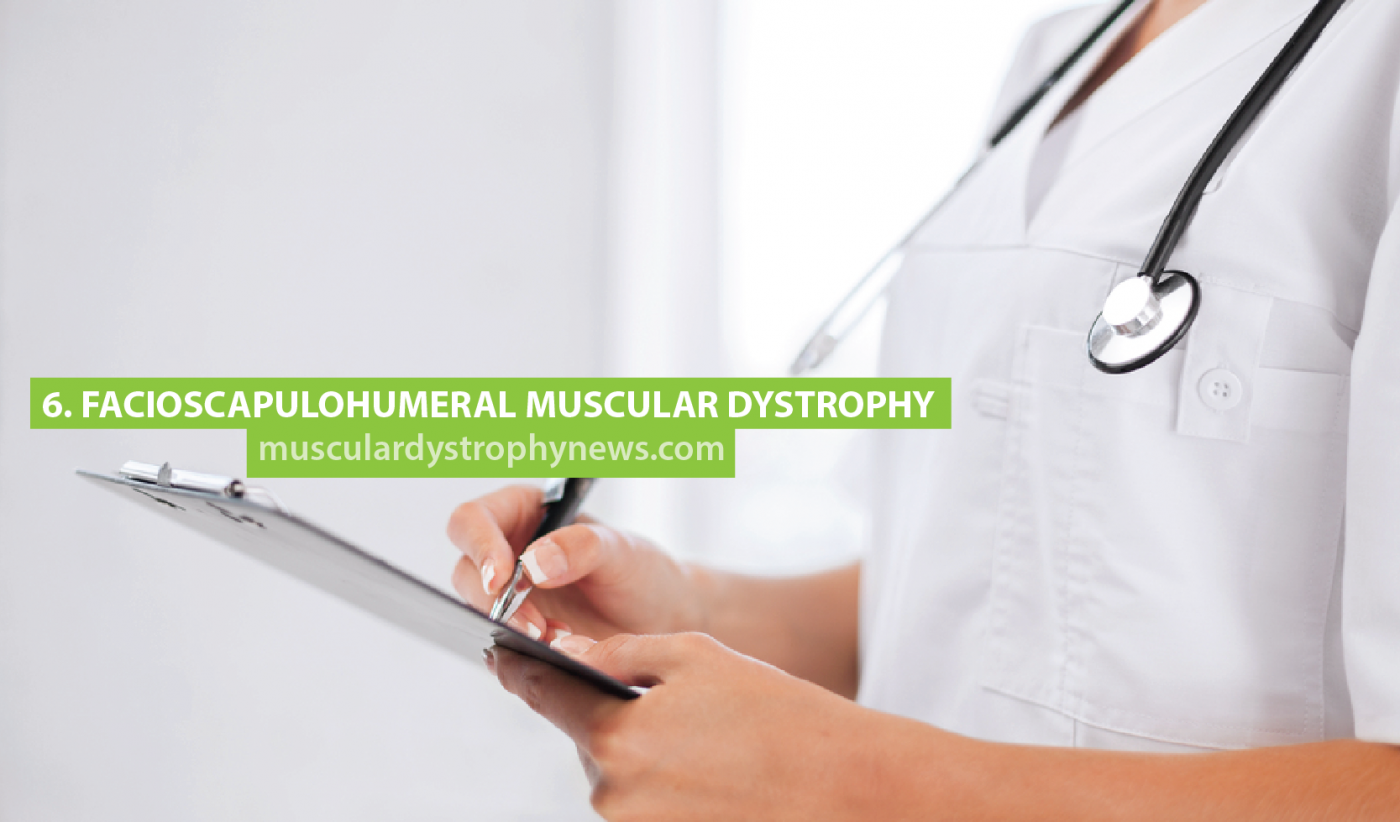
This form of muscular dystrophy relates to the face, shoulders and upper arms. Symptoms in FSHD MD such as difficulty in opening and closing the eyes and smiling, difficulties in talking, swallowing and breathing, and hearing problems usually appear in teenagers but may appear later in life up to the age of 40. Both sexes are affected similarly.
Idera presents new data on possible treatment for FSHD MD. Find out more here.
7. Limb-Girdle Muscular Dystrophy
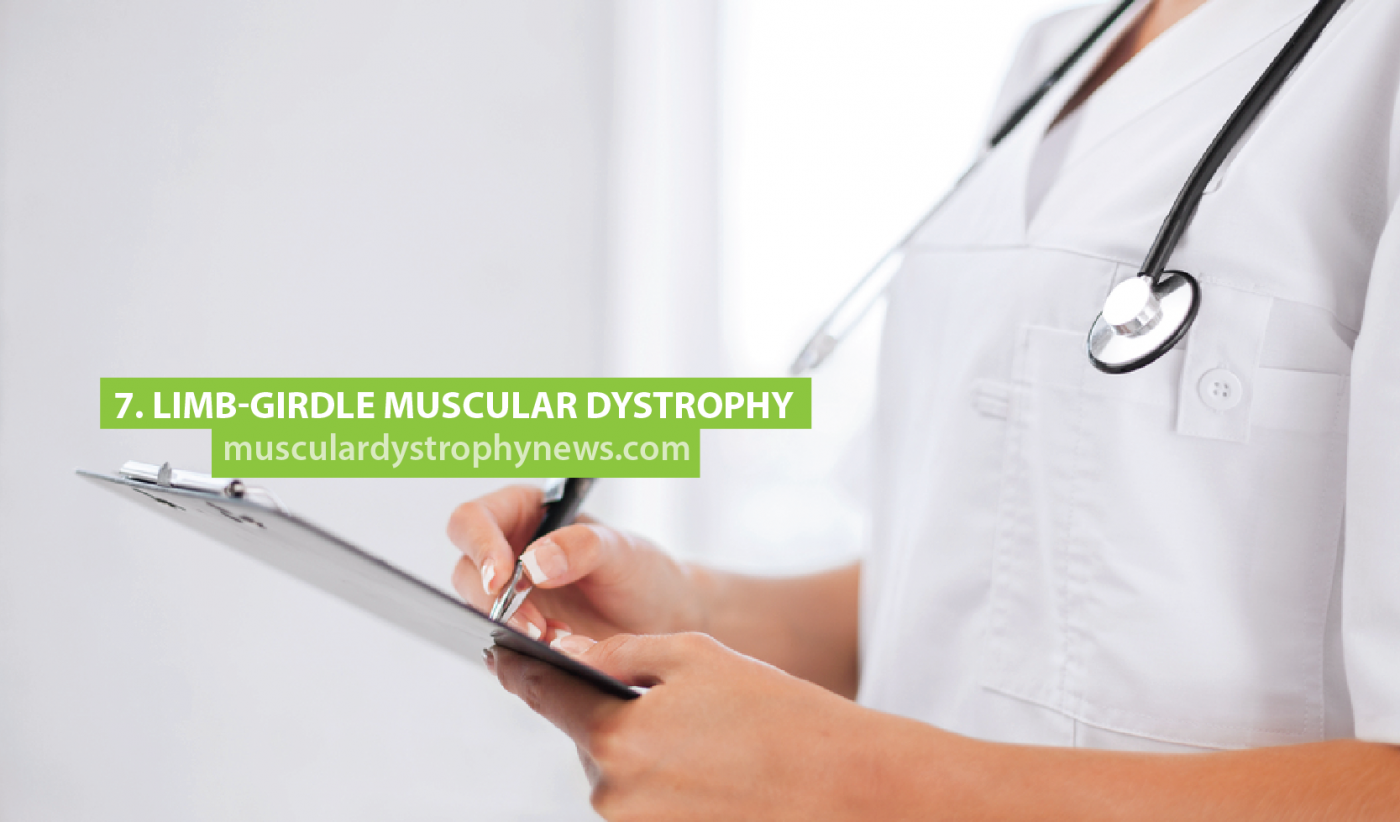
This form of MD is caused by gene mutations and affects males and females equally. The symptoms can appear in childhood but are more likely to appear in the late teenage years or early adulthood. Limb-girdle MD usually progresses to a point where the patient is unable to walk.
New assay may help to diagnose limb-girdle MD in most patients. Read more here.
8. Distal Muscular Dystrophy
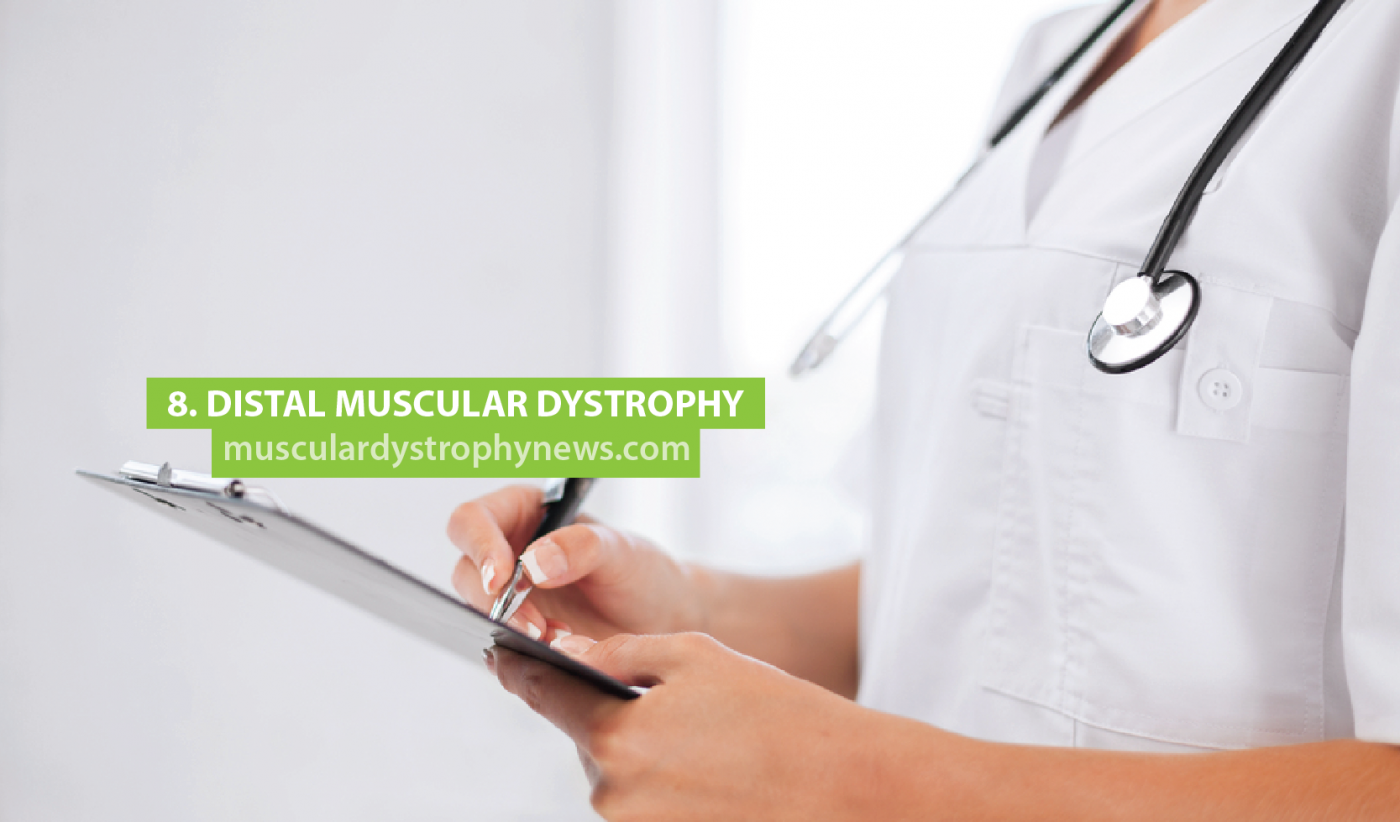
Distal MD is caused by defects in the dysferlin protein. The condition usually affects older adults between the age of 40 and 60. Distal MD affects the feet, lower legs, forearms and hands, causing symptoms such as being unable to extend the fingers and difficulty in walking. The disease progresses slowly and is considered a mild form of MD.
Ringo the dog helps find potential new therapy for muscular dystrophy. Find out more.
9. Oculopharyngeal

Again due to defective proteins, oculopharyngeal MD affects both men and women later in life, usually in their 40s or 50s. The symptoms vary in severity but include drooping eyelids and problems with vision, heart problems, difficulty in walking, and muscle wasting in the neck and shoulders.
Protein involved with muscular dystrophies and therapeutic potential identified. Read more here.
Muscular Dystrophy News Today is strictly a news and information website about the disease. It does not provide medical advice, diagnosis or treatment. This content is not intended to be a substitute for professional medical advice, diagnosis, or treatment. Always seek the advice of your physician or another qualified health provider with any questions you may have regarding a medical condition. Never disregard professional medical advice or delay in seeking it because of something you have read on this website.






